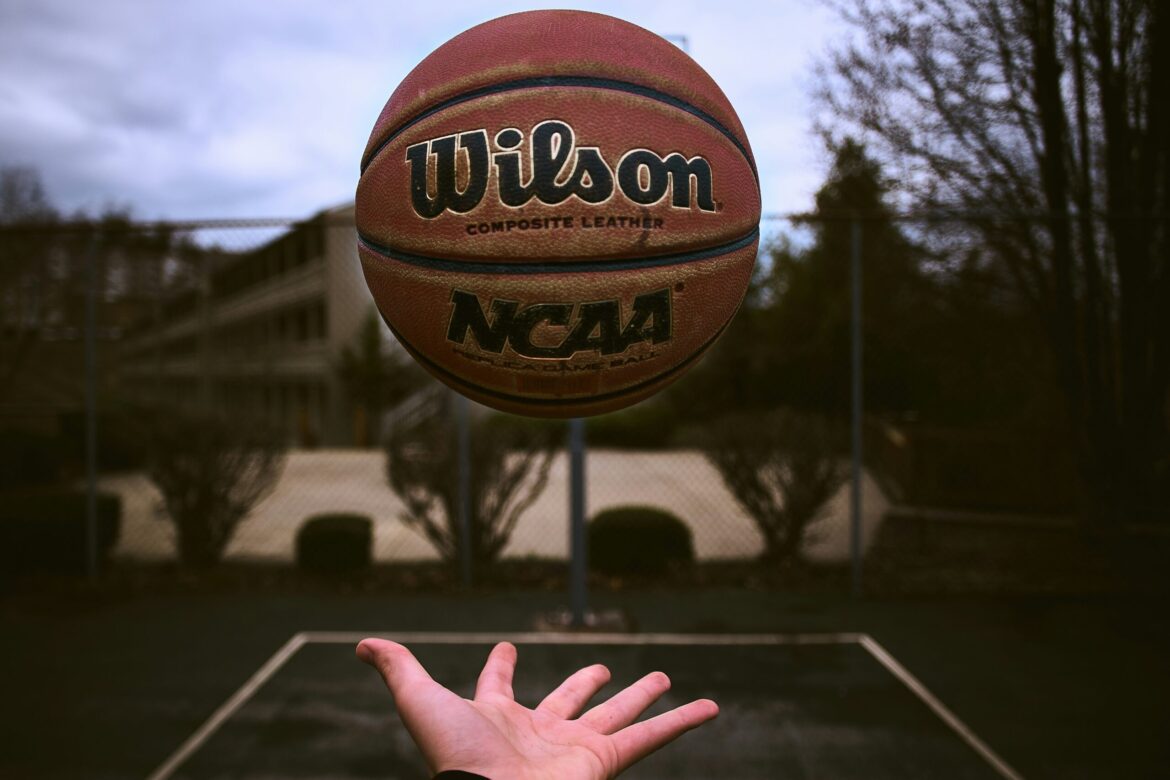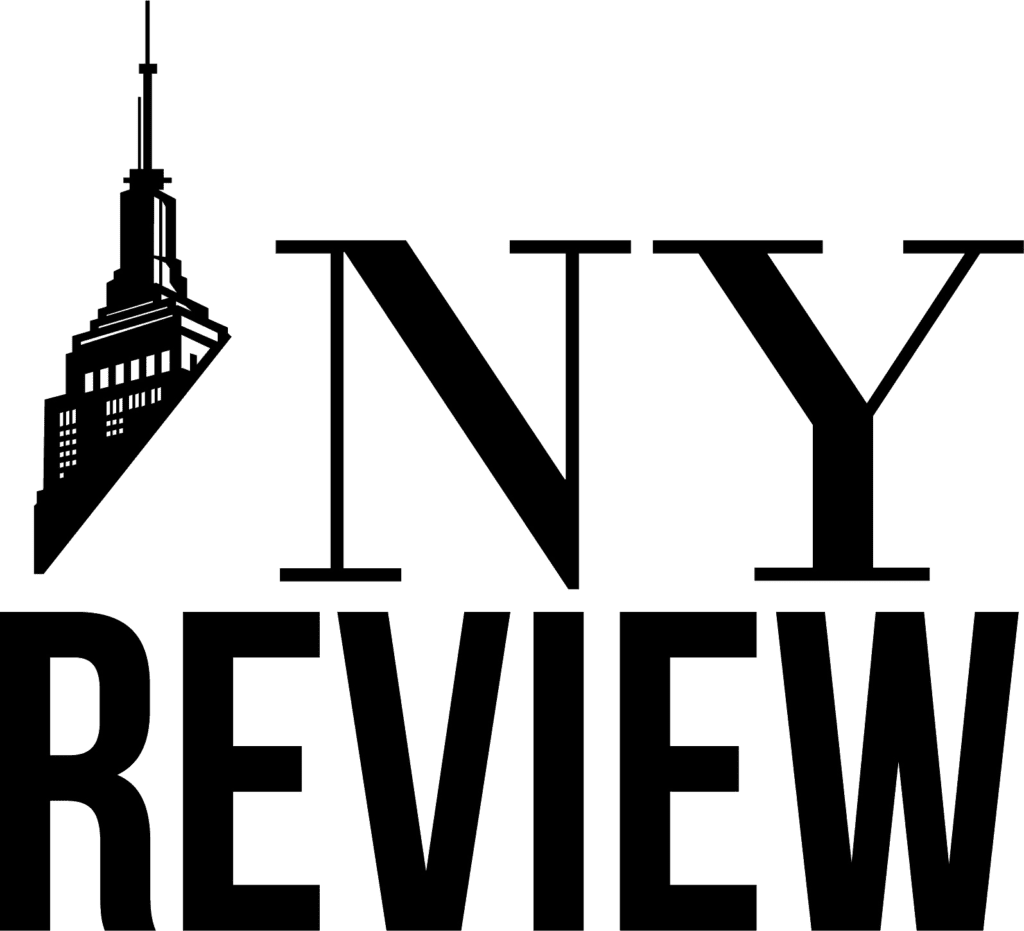The Name, Image, and Likeness (NIL) deals have revolutionized the landscape of college sports. In just a few short years since the NCAA allowed athletes to profit from their personal brand, we’ve seen top student-athletes rake in millions of dollars from sponsorships, endorsements, and social media partnerships. This shift has not only changed the financial trajectory of many college athletes but also raised questions about the future of collegiate athletics.
As we step into 2024, the NIL era continues to evolve, with both opportunities and challenges emerging for student-athletes, universities, and brands. The debate around the fairness of NIL deals, their impact on recruitment, and the structure of college sports has never been more pertinent. This article explores how NIL deals are shaping the future of college athletics and the key opportunities and challenges they present in 2024.
The Current State of NIL Deals in College Sports
When the NCAA passed the NIL rule in 2021, it marked a seismic shift in the college sports ecosystem. No longer were athletes bound by strict amateurism rules that prohibited them from earning money. Now, college athletes have the freedom to sign lucrative endorsement deals, monetize their social media presence, and even launch their own businesses.
By 2024, NIL deals have become a mainstay across various college sports, especially football and basketball. According to recent data, over 50,000 college athletes have engaged in NIL deals, generating more than $1 billion in total revenue. While some athletes have cashed in on this opportunity, the landscape remains uneven, with a few high-profile athletes earning the lion’s share of NIL earnings.
For example, University of Alabama quarterback Bryce Young, one of the most recognized college athletes in recent years, reportedly earned around $3.5 million from NIL deals before entering the NFL draft in 2023. On the other hand, athletes at smaller schools or those in less marketable sports often struggle to secure such lucrative deals. This disparity raises ongoing questions about equity and access to opportunities within the NIL system.
Success Stories: How NIL is Benefiting Top Athletes
The impact of NIL has been most visibly felt by athletes in high-profile sports, particularly football and basketball. These athletes often have significant social media followings, making them attractive to brands looking for endorsements and visibility.
One of the most remarkable success stories of NIL deals is that of Olivia Dunne, a gymnast at Louisiana State University (LSU). With a massive following on platforms like TikTok and Instagram, Dunne became one of the highest-earning college athletes in the country, reportedly earning over $2 million from NIL deals in 2023 alone. Her success is a testament to the power of social media in driving NIL earnings and shows how athletes can now build personal brands that extend far beyond the playing field.
Another example is Caitlin Clark, the star player for the University of Iowa women’s basketball team. Clark’s rise to prominence on the national stage has allowed her to sign lucrative sponsorships with major brands, such as Nike and Gatorade. Her NIL success highlights the growing importance of women’s sports in the NIL era and the ability for female athletes to capitalize on their marketability.
These success stories illustrate how NIL deals have empowered athletes to profit from their talents and platforms. However, the reality is that these opportunities are not universally available, with athletes in lower-profile sports or those at smaller programs often missing out on similar deals.
NIL’s Impact on Recruitment and College Sports Structure
NIL deals are not only changing how athletes earn money but also how they choose schools. Recruiting has become increasingly influenced by the potential for NIL earnings, with some schools and programs offering tailored support to help athletes maximize their NIL opportunities.
This trend has led to some speculation that the playing field in recruitment may be shifting in favor of certain schools, especially those with larger media markets, more affluent alumni bases, and better facilities for athlete development. Universities like the University of Miami and the University of Texas have been particularly aggressive in supporting NIL initiatives, with schools leveraging their resources to attract top talent.
The introduction of NIL has also led to some structural changes within college sports. Many universities are now hiring NIL coordinators to help athletes navigate the increasingly complex landscape of endorsement deals and brand partnerships. Additionally, schools are forming collectives—funds that allow boosters to pool resources and support athletes through NIL deals. While these collectives have created new revenue streams for athletes, they’ve also sparked debates about whether they’re essentially functioning as a form of indirect pay-for-play.
Ethical Dilemmas and Challenges in the NIL Era
While NIL deals present clear financial benefits for college athletes, they also raise important ethical questions about the future of college sports. One of the most significant concerns is the issue of fairness. Athletes at Power Five programs, such as Alabama, Ohio State, and USC, have more access to high-value NIL deals, while athletes at smaller schools or in non-revenue sports often struggle to secure any meaningful deals at all. This discrepancy raises questions about the equity of the current system and whether it further entrenches disparities in college athletics.
Another ethical dilemma concerns recruitment practices. Some schools have been accused of using NIL as a recruiting tool, offering high school prospects large sums of money in exchange for committing to their programs. While the NCAA has attempted to regulate such practices, enforcement has been challenging, and the line between legitimate NIL deals and illegal recruitment incentives remains blurry.
Additionally, the influence of NIL on student-athletes’ educational priorities is a topic of concern. Critics argue that the financial pressures created by NIL deals could shift athletes’ focus away from academics and toward maximizing their earnings. In an environment where athletes are balancing coursework, training, and game schedules, the added layer of managing high-stakes sponsorships and endorsement deals may lead to burnout and stress.
The Future of NIL: Opportunities and Challenges
Looking ahead to 2024 and beyond, it’s clear that NIL deals will continue to shape the future of college sports. While there are significant opportunities for athletes to profit and build lasting personal brands, there are also critical challenges to address.
One potential opportunity is the increased visibility and recognition for non-revenue sports. As more athletes in sports like track and field, soccer, and swimming leverage their NIL potential, these sports could gain broader recognition and financial support, leading to a more equitable distribution of resources across college athletics.
At the same time, the growth of NIL deals is likely to prompt the NCAA to reevaluate its regulatory framework. As concerns about fairness, transparency, and the role of boosters continue to mount, there may be calls for greater oversight or even changes to the college athletics model itself. Some have suggested a shift toward a more professionalized structure, where athletes are compensated directly by universities or through a revenue-sharing model.
Conclusion
The introduction of NIL deals has undeniably transformed college sports, offering athletes new opportunities to profit from their personal brands and visibility. While top-tier athletes have reaped the benefits, the challenges associated with fairness, recruitment practices, and the future structure of college sports remain significant. As we move into 2024, the impact of NIL on college athletics is far from settled, and its long-term effects on the sport will continue to unfold.
As NIL continues to evolve, it’s essential for universities, athletes, and governing bodies to navigate the complexities of this new era thoughtfully. While NIL represents a step forward for college athletes, ensuring that it is equitable, transparent, and aligned with the educational mission of collegiate sports will require careful consideration in the years to come.


